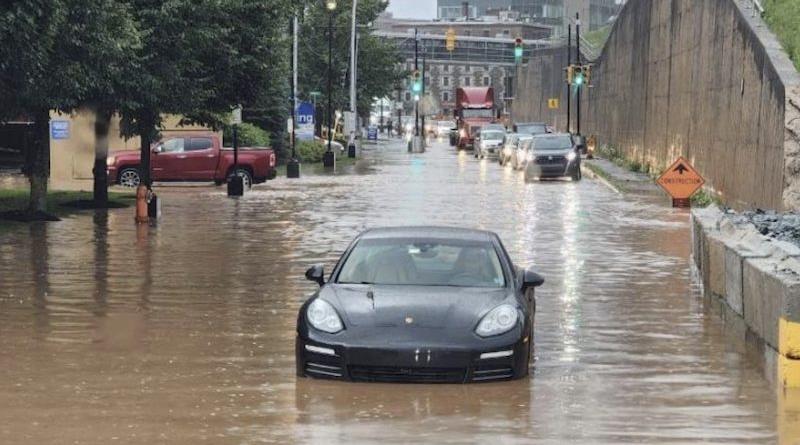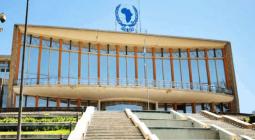‘Cost of Doing Nothing’ Toolbox Helps Cities Justify Climate Investments

A new resource helps cash-strapped municipalities build a business case for climate adaptation spending by appraising the greater cost of “doing nothing,” providing a practical budgeting tool for Canadian communities that increasingly face losses from climate-driven disasters.
“While the mounting costs of climate change present a serious fiscal and logistical challenge for municipalities, justifying the investment in adaptation measures can be difficult for municipalities whose budgets and capacities are already stretched,” writes ICLEI Canada, explaining the reasoning behind the development of its Cost of Doing Nothing (CODN) toolbox. The package of templates, spreadsheets, and case studies is meant to provide a “jumping off point for municipalities to assess the costs of doing nothing within their own local context, and support their own climate adaptation planning process.”
Without immediate action, the cost of inaction will only increase with time, threatening to consume the scarce funds and resources that municipalities have to maintain and operate critical services, ICLEI adds.
While many cost estimates account only for direct impacts, like flood damage to buildings and infrastructure, the toolbox sets out to redefine the true costs to communities by assessing indirect, cascading costs like disrupted services, rising insurance premiums, and job losses when local businesses are damaged or destroyed.
Moving beyond financial costs, it also covers “non-market costs” to social systems, human health and well-being, and the natural environment, must also be accounted for. For example, “the cost of heat-related hospital visits is expected to increase 21% by mid-century and 102% by end of century even under a low-emissions scenario,” ICLEI writes.
Another consideration is that “much of the available literature (peer-reviewed and grey) on assessing the impacts and costs of climate change leans heavily on Western knowledge systems,” the organization adds. So the CODN toolbox urges trust-based engagement with Indigenous Knowledge Systems (IKS) for a more “holistic” understanding of the impacts and costs of climate change.
An IKS resource list in the toolbox includes the Indigenous Climate Hub, the Centre for Indigenous Environmental Resources (CIER), the findings of the 2021 Onjisay Aki International Climate Summit, and the National Inuit Climate Change Strategy produced by Inuit Tapiriit Kanatami.
The toolkit also includes a tracking tool, presented as an editable Excel spreadsheet, with detailed guidance on data types and sources and columns for tracking the collection process. Toolbox users are supplied with eight national impact statements, from which they can select the ones that are most relevant to their community. An appendix aids the collection of local data.
ICLEI urges city staff to “gather as much local data as is feasible to include in your report and build a compelling business case.” The final numbers are plugged into an editable template that composes a customized report.
The City of Hamilton has already completed a cost of doing nothing assessment [pdf] focused on the multiple hazards it faces due to extreme precipitation and high temperatures. The 2022 document is appended to the CODN toolbox as a case study, alongside a technical analysis of 19 potential climate impacts published [pdf] by the City of Windsor in 2019. ICLEI has also produced a webinar to help users get the most out of the toolbox.




